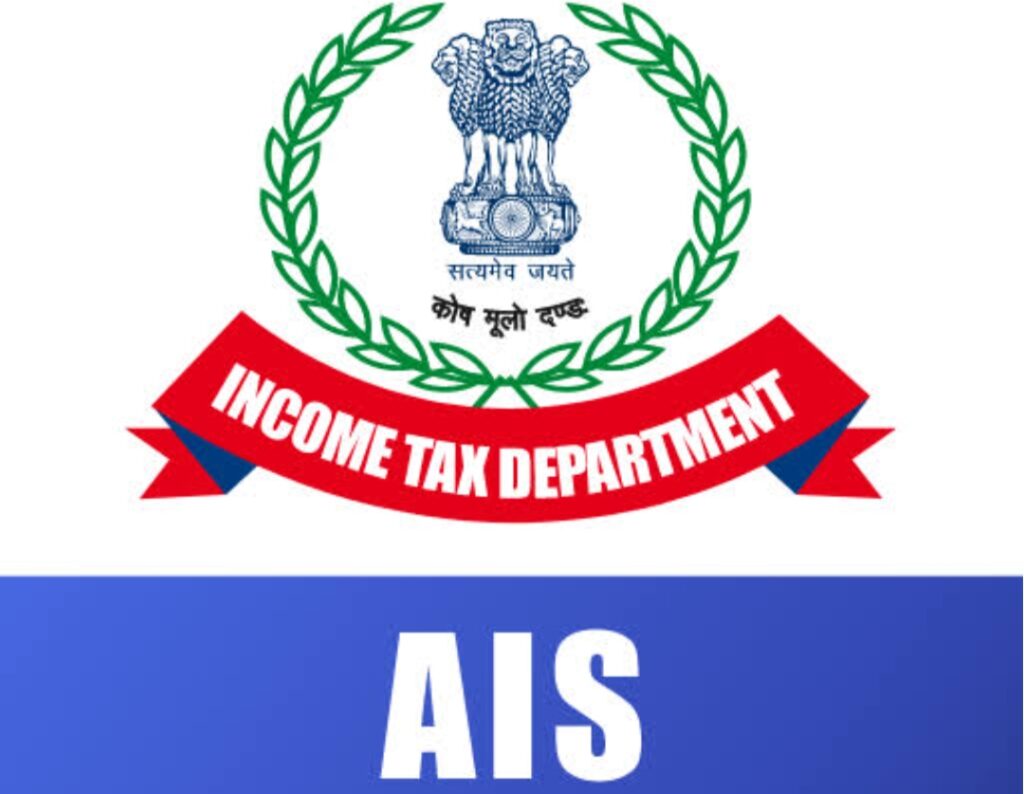As the Income Tax Return (ITR) filing season for Assessment Year (AY) 2025–26 is underway, one of the most important documents for taxpayers to verify before filing their returns is the Annual Information Statement (AIS). The AIS is a comprehensive summary of financial transactions reported to the Income Tax Department from various sources like banks, mutual funds, stock brokers, employers, etc.
However, it’s not uncommon to spot discrepancies or inaccuracies in the AIS. These could be due to incorrect reporting by the source, mismatches in PAN, duplicate entries, or timing issues.
Here’s a step-by-step guide on how to handle inaccuracies in your AIS:
What is AIS?
The Annual Information Statement provides a 360-degree view of your financial transactions for a financial year. It includes:
- Salary income
- Interest from savings and fixed deposits
- Dividend income
- Securities transactions
- Mutual fund purchases/redemptions
- Foreign remittances
- TDS/TCS details
- GST turnover (for businesses)
It is available on the and is a key document to cross-verify data while filing your ITR.
Common AIS Discrepancies
Some typical AIS errors include:
- Income shown twice (e.g., same FD interest reported by bank and corporate)
- Incorrect PAN linked to TDS entries
- Sale value of shares/mutual funds shown without deducting cost
- Incorrect classification of income (e.g., salary income under “others”)
- Mismatches between Form 26AS and AIS
Steps to Handle Inaccuracies in AIS
1. Download and Review AIS
- Log in to https://www.incometax.gov.in/
- Navigate to “Services” → “Annual Information Statement (AIS)”
- Download the AIS PDF and JSON file for detailed review
2. Identify Errors
Compare the AIS with your:
- Salary slips/Form 16
- Bank statements
- Demat and broker statements
- Mutual fund CAS
- TDS certificates
- Interest certificates
Highlight any inconsistencies.
3. Submit Feedback on AIS Portal
If you notice incorrect entries, you can submit feedback online:
- Go to the relevant transaction in AIS
- Click on “Provide Feedback”
- Choose the appropriate response:
- Information is correct
- Information is not fully correct
- Information relates to other PAN/year/person
- Duplicate information
- Information is denied
You can also add remarks and upload supporting documents, if needed.
4. Monitor Status of Feedback
- After feedback submission, the AIS portal may take a few days to update the status.
- If accepted, the correction will reflect in the revised AIS.
5. File Return Based on Correct Data
- Do not blindly adopt AIS values.
- Use corrected information while filing ITR, and retain evidence (e.g., salary slips, interest certificates, contract notes).
- Disclose any differences from AIS in the ITR and, if substantial, provide explanations in the return filing process (particularly in ITR-2/3).
6. Rectify at Source if Needed
- If the error lies with a reporting entity (bank, employer, AMC), request them to correct their TDS/TCS return or SFT filing.
- The corrected information will then be picked up in the revised AIS/26AS.
Why It Matters
If you file your return based on incorrect AIS data:
- You may face unnecessary tax demand, mismatch notices, or scrutiny.
- Refunds may get delayed.
- Penalties under Section 270A for under-reporting of income may apply.
Conclusion
AIS is a powerful tool to promote tax transparency and voluntary compliance, but it’s not immune to errors. As a responsible taxpayer, you must thoroughly verify it and report discrepancies well in advance of filing your return.
For AY 2025–26, the ITR utilities have improved integration with AIS, and the department encourages taxpayers to verify and provide feedback to maintain data accuracy.

